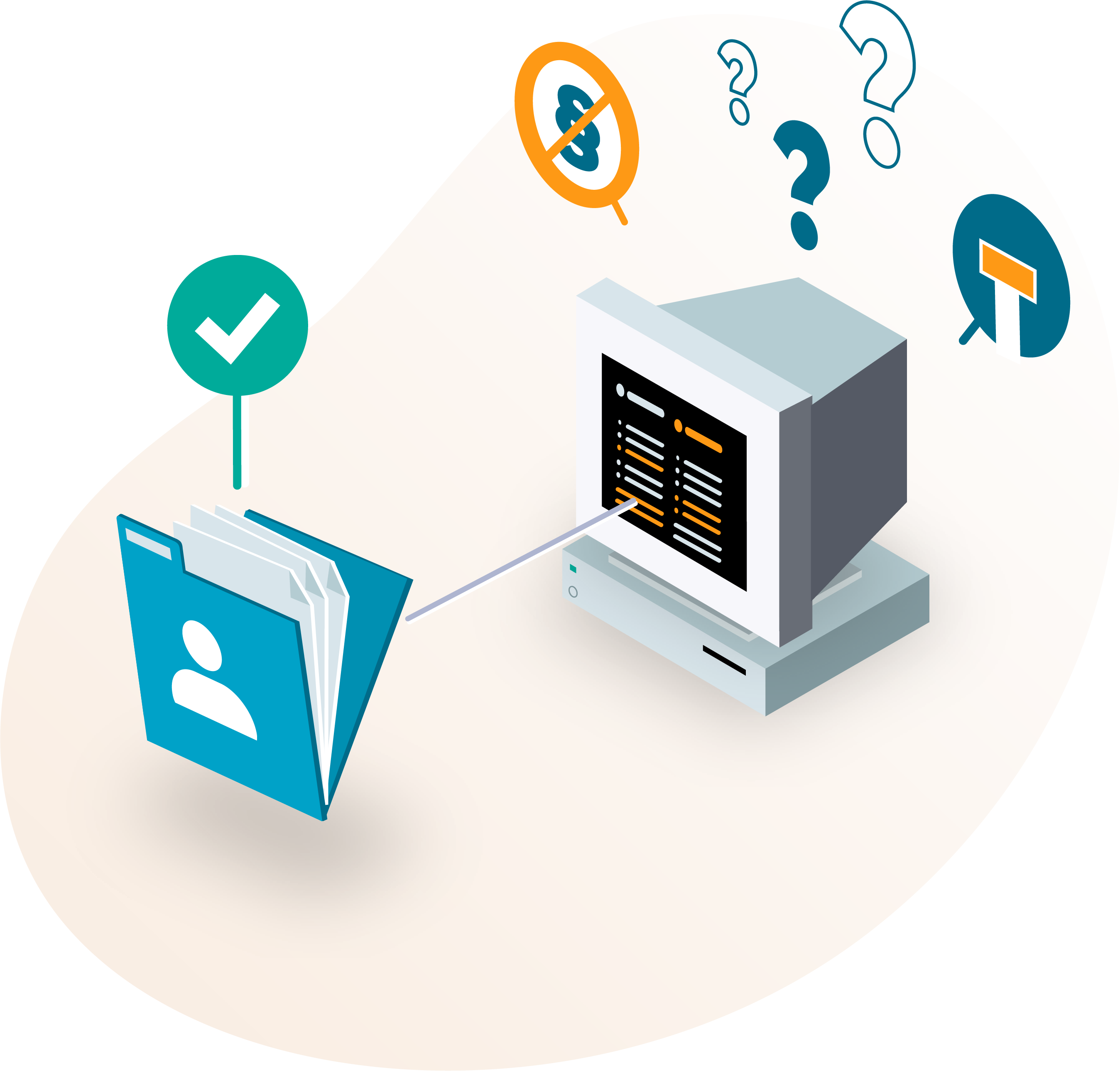8 Symptoms You’re on a Legacy CTMS (And Why It’s Time to Upgrade)

When it comes to clinical research, one of the most important parts of the process is the efficiency of your Clinical Trial Management System (CTMS). An optimized, modern CTMS is essential for streamlining operations and ensuring trial success.
However, as technology progresses, some organizations find themselves hindered by legacy systems. In clinical research, this means outdated CTMS platforms—commonly referred to as legacy CTMS.
A legacy CTMS represents an older iteration of clinical trial management software. They struggle to meet the evolving demands of modern research environments. These systems, once heralded for their innovation, have now become cumbersome and outdated: impeding progress rather than facilitating it.
But how do you know if you’re on a legacy CTMS? We’ve compiled the top eight symptoms that it’s time to change your system and embrace a successful CTMS migration.
Are You On a Legacy CTMS?
If you’re working with a legacy system, you’re not alone. A survey conducted by Tata in collaboration with AWS found that of 211 CXOs polled, over 66% used legacy applications. However, there’s hope for the future: a full 70% saw modernization as their “top business priority.”
If you’re working with a legacy CTMS, you’ve likely noticed some of the following already:
Outdated User Interface and Experience:
Legacy CTMS platforms often feature clunky interfaces and cumbersome navigation, resulting in a poor user experience. This means that even if they have all the features you need, the CTMS could be hard to incorporate into daily business. It often leads to band-aid solutions: “workarounds” that allow you to use the system but take extra time or don’t produce the ideal result.
Limited Integration Capabilities:
Seamless integration with other systems within the clinical trial ecosystem is a vital part of data coherence and operational efficiency. Legacy CTMS often lack robust integration capabilities, leading to data silos and fragmented workflows. You’ll notice it impacting your business agility first—that constant need to switch between different systems and replicate data. This is another aspect that leads to time waste and slower results.
Scalability and Customization Constraints:
As research initiatives evolve and clinical trial complexity increases, legacy CTMS may struggle to adapt to changing needs. These systems often lack scalability and customization options, inhibiting organizational growth and innovation. Scalability is a critical factor in technology for avoiding system lag and crashes. A sign that it’s time to upgrade your legacy CTMS is the lack of flexibility to meet your organization’s needs. You’ll also notice a disturbing correlation: as you add more data, your system slows all the way down.
Inadequate Reporting and Analytics:
Effective decision-making in clinical trials relies on actionable insights derived from robust reporting and analytics. Legacy CTMS may fall short in providing real-time analytics and customizable reporting features, hampering data-driven decision-making. This means that clinical trial project management might have to rely on outside tools to handle your analytics. If you’re on a legacy CTMS, chances are those tools aren’t integrating effectively, either.
Compliance and Regulatory Risks:
Compliance with stringent regulatory requirements is imperative in clinical research. However, legacy CTMS may lack features to ensure adherence to evolving regulatory standards, exposing organizations to compliance risks. If you’re on a legacy CTMS, you’ll have to manually and meticulously check your entire system every time regulations fluctuate. Lack of compliance could compromise the whole trial—and the future of your organization.
Task Management Inefficiencies:
Inefficient task management processes can lead to delays and resource wastage in clinical trials. Legacy CTMS often lack streamlined task assignment and tracking functionalities, impacting trial timelines. This is one of the biggest symptoms of a Legacy CTMS: little automation; daily, repetitive tasks. You find your team bogged down with work that could easily be optimized in a more modern system.
Data Security Concerns:
Protecting sensitive trial data from breaches and unauthorized access is paramount for maintaining trial integrity. However, legacy CTMS may lack robust security measures, leaving data vulnerable to exploitation. As patient privacy is a cornerstone of medicine, compliance is one of the top challenges in clinical trial management. Another reason for switching to a more modern CTMS with a reputation for vigorous data security? The 2024 IBM Cost of a Data Breach report found that the average cost of a data breach is $4.45 million.
Lack of Support and Training:
Across the tech industry, inadequate support and training on daily tools hinder user adoption and system utilization. Legacy CTMS users may struggle to navigate complex features without comprehensive training resources, impacting productivity. How do you know that you’re getting the best from your CTMS without company support? On a legacy CTMS without an optimized UX interface, the problem is compounded. Many legacy CTMS aren’t intuitive and without consistent training, even working features fall by the wayside.
What’s The Solution?
We have good news for you: you’ve already started solving the problem. Recognizing the signs of a legacy CTMS is the first step toward adopting modern CTMS that drive innovation and efficiency in clinical trial management.
By understanding the limitations of legacy systems, your organization can optimize operations and ensure compliance while managing clinical trials. Leveraging the capabilities of modern CTMS platforms will maximize the impact of your research.
It's time to transcend outdated technology and start on a transformative path toward excellence in clinical trial management. BSI has the key.
BSI: Software for Life Sciences
Our modern CTMS solutions cover all aspects of your clinical trials.
BSI CTMS is the most innovative, function complete and easy-to-use clinical trial management software on the market. It provides CTMS, eTMF, Study Startup and Trial Supply Management RTSM in one integrated unified platform.
Standard interfaces (API) assure complete data oversight and easy integration with the external systems (e.g. EDC and eTMF) of your choice. BSI CTMS is the central hub for all aspects of your clinical trials, and is available as a cloud solution.
We’re modern, sleek, and designed with the user in mind for intuitive end-to-end clinical trial management. And the best part? We offer updates, upgrades, and scalability in-house with a full client support team for your legacy system migration and beyond.
There’s never been a better time to embrace a better CTMS. Book a call today.
